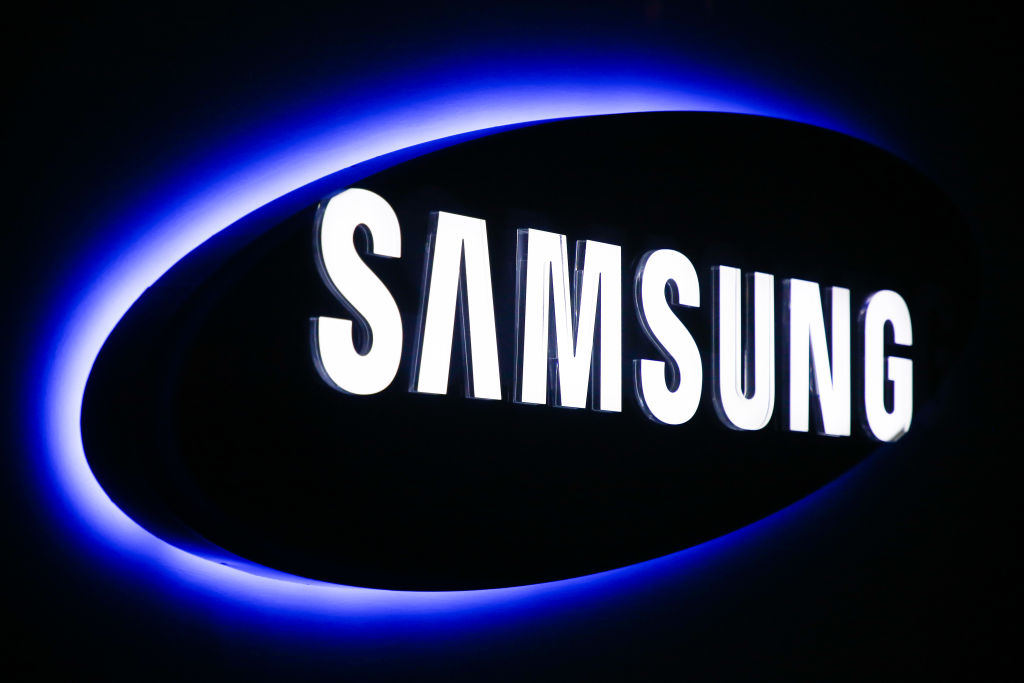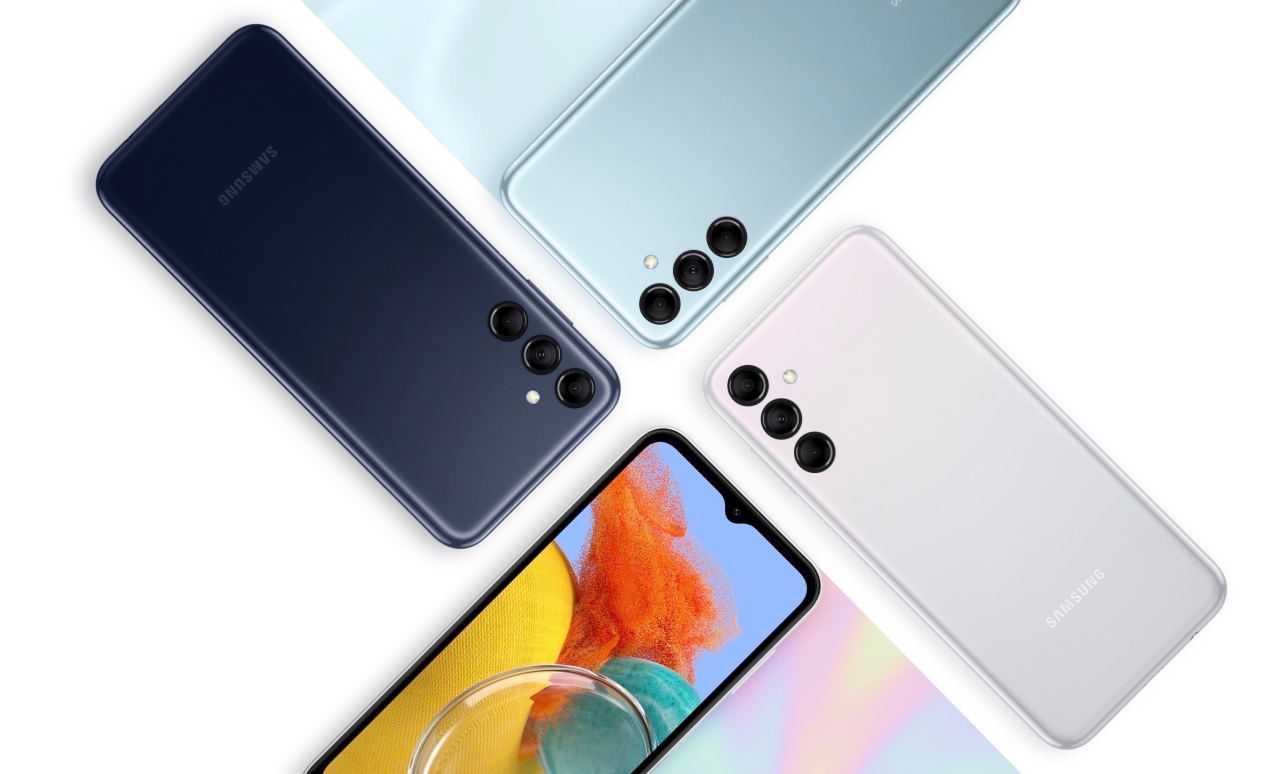samsung galaxy note 7 stands as a remarkable yet tumultuous chapter in smartphone history, captivating tech enthusiasts and casual users alike. Launched with high expectations in August 2016, the Note 7 promised cutting-edge features, a sleek design, and exceptional performance. However, its journey was marred by serious safety concerns that not only affected consumer trust but also had lasting implications for the mobile industry.
The Galaxy Note 7 was celebrated for its top-tier specifications, including a stunning display, advanced camera capabilities, and the iconic S Pen. However, what initially appeared to be a groundbreaking device soon became a tale of caution, as incidents related to battery failures led to a massive recall, prompting Samsung to implement new safety protocols that would shape the future of their devices.
Features and Specifications of Samsung Galaxy Note 7

The Samsung Galaxy Note 7, introduced in 2016, was a significant advancement in the Note series, boasting innovative technology and features tailored for power users. This device merged productivity and entertainment into a single powerhouse, appealing to a diverse audience with its cutting-edge specifications.
The Galaxy Note 7 was equipped with impressive hardware and software capabilities that set it apart from its predecessors. With a focus on multitasking and productivity, it provided users with tools that enhanced their mobile experience. Key features included an expansive display, high-resolution cameras, and the versatile S Pen, all of which were refined from earlier iterations to provide a more seamless and efficient user experience.
Technical Specifications, Samsung galaxy note 7
The technical specifications of the Samsung Galaxy Note 7 highlight its advanced capabilities and performance. Below is a detailed overview of its key specifications:
- Display: 5.7-inch Quad HD Super AMOLED, resolution of 2560 x 1440 pixels
- Processor: Exynos 8890 (international) / Snapdragon 820 (USA)
- RAM: 4GB
- Storage: 64GB internal, expandable via microSD up to 256GB
- Camera: Dual 12MP rear camera with dual pixel technology; 5MP front camera
- Battery: 3,500mAh with fast charging capabilities (wired and wireless)
- Operating System: Android 6.0 (Marshmallow), upgradable to later versions
- S Pen: Bluetooth functionality, IP68 water and dust resistance
- Connectivity: USB Type-C, NFC, GPS, Wi-Fi, and LTE support
Unique Features of Galaxy Note 7
The Galaxy Note 7 introduced several unique features that distinguished it from its predecessors and competitors. These innovations enhanced usability and productivity, which were key selling points for the device.
– S Pen Enhancements: The S Pen now featured improved pressure sensitivity and Bluetooth capabilities, allowing it to be used as a remote control for various applications.
– Water and Dust Resistance: With an IP68 rating, the Galaxy Note 7 was designed to withstand immersion in water and exposure to dust, ensuring durability in various environments.
– Dual Pixel Camera Technology: The rear camera utilized dual pixel technology for faster autofocus and improved low-light performance, making it one of the best cameras available in smartphones at the time.
– Secure Folder: This feature provided enhanced security for sensitive data, allowing users to store files, photos, and apps that could be accessed only with a secure authentication method.
Comparison of Features with Similar Devices
The Galaxy Note 7 was not the only flagship phone on the market; several competitors were launched around the same time. The following table compares the features of the Galaxy Note 7 against similar devices released in 2016, such as the iPhone 7 Plus and Google Pixel.
| Feature | Samsung Galaxy Note 7 | iPhone 7 Plus | Google Pixel |
|---|---|---|---|
| Display | 5.7″ Quad HD Super AMOLED | 5.5″ Full HD Retina | 5″ Full HD AMOLED |
| Processor | Exynos 8890 / Snapdragon 820 | A10 Fusion | Snapdragon 821 |
| RAM | 4GB | 3GB | 4GB |
| Camera | 12MP Dual Pixel | 12MP Dual Lens | 12.3MP |
| Battery | 3,500mAh | 2,900mAh | 2,770mAh |
| Water Resistance | IP68 | IP67 | IP53 |
Incidents and Safety Concerns
The Samsung Galaxy Note 7 is remembered not just for its innovative features but also for a series of alarming safety incidents that compromised its reputation. These incidents primarily revolved around battery malfunctions that led to fires and explosions, resulting in widespread recalls and heightened safety concerns across the globe.
The root cause of the issues was traced back to the lithium-ion batteries used in the devices. Manufacturing defects in these batteries caused overheating, leading to combustion. The severity of the situation prompted Samsung to initiate a recall, but subsequent replacement devices experienced similar issues, exacerbating the crisis and drawing significant media attention.
Battery Issues and Recalls
The initial release of the Galaxy Note 7 in August 2016 was met with enthusiasm, but safety concerns soon overshadowed its launch. The battery incidents prompt a comprehensive recall strategy that unfolded as follows:
- August 2016: Reports of Note 7 devices catching fire began to surface, with instances documented by users across various platforms.
- September 2016: Samsung announced a global recall of 2.5 million units to replace defective batteries, which had been manufactured by its affiliate, Samsung SDI.
- October 2016: Despite the recall, replacement devices also experienced battery failures, leading to incidents that prompted additional safety warnings.
- October 11, 2016: Samsung officially ceased production of the Galaxy Note 7, acknowledging the safety risks and urging customers to power down their devices.
- December 2016: The U.S. Consumer Product Safety Commission announced a formal recall of the Note 7, citing safety hazards, and urged consumers to return the devices.
The impact of these incidents was significant, not only affecting consumers but also resulting in substantial financial repercussions for Samsung. The company incurred billions in losses and faced a tarnished brand image, which took considerable time and effort to recover.
Samsung’s Response to Safety Concerns
In response to the growing safety crisis, Samsung implemented several measures aimed at regaining consumer trust and ensuring product safety. The company took the following steps:
- Launch of a comprehensive investigation into the root causes of the battery failures, which involved collaboration with external experts and organizations.
- Introduction of an eight-point battery safety check, which included rigorous testing of battery cells and designs to prevent future incidents.
- Engagement with regulatory bodies worldwide to ensure compliance with safety standards and regulations.
- Implementation of improved quality control measures in manufacturing processes moving forward.
- Communication with customers through various channels, including social media and press releases, to keep them informed about safety protocols and product recalls.
Throughout the ordeal, Samsung maintained transparency about the incidents, which was crucial in managing the situation and ensuring customers felt valued. The company’s response laid the groundwork for their future smartphones, reinforcing their commitment to safety and quality.
Timeline of Events and Impact
The sequence of events relating to the Galaxy Note 7 incidents is essential to understanding their impact on Samsung’s brand. Notably, this timeline Artikels key milestones:
| Date | Event |
|---|---|
| August 2016 | Launch of Galaxy Note 7, initial reports of battery malfunctions emerge. |
| September 2016 | Samsung announces a global recall of 2.5 million devices. |
| October 2016 | Replacement devices catch fire; Samsung halts production of Note 7. |
| October 2016 | Samsung urges users to power down and return devices. |
| December 2016 | CPSC issues a formal recall; Samsung faces significant financial losses. |
The fallout from these events extended beyond mere financial loss; it instigated a broader discussion around product safety in the tech industry. Samsung’s approach to addressing these concerns has shaped its subsequent product development and marketing strategies, focusing heavily on consumer safety and quality assurance.
Legacy and Impact on Future Devices

The Samsung Galaxy Note 7, despite its failure, left an indelible mark on the smartphone industry and Samsung’s own product strategy. Following a series of incidents involving battery explosions, the Note 7 became a case study in risk management, product development, and consumer safety. Its legacy is evident in how it reshaped not only Samsung’s approach to smartphone design but also set a precedent for safety standards across the tech industry.
The repercussions of the Galaxy Note 7 incidents compelled Samsung to reassess and fortify its quality assurance protocols. The company implemented more rigorous testing procedures and enhanced communication within its supply chain regarding battery safety. This shift had substantial ripple effects across the industry, leading competitors to also elevate their safety measures to avoid similar crisis scenarios.
Design and Feature Changes in Subsequent Galaxy Models
The lessons learned from the Note 7’s shortcomings directly influenced the design and features of subsequent Galaxy smartphone models. Samsung took significant steps to ensure the safety and reliability of its devices, transforming the concerns raised by the Note 7 into actionable improvements. The following points Artikel key changes made in later iterations of the Galaxy series:
- Improved Battery Safety: Enhanced battery testing protocols were introduced, including the 8-point battery safety check, which scrutinizes battery design, materials, and performance under extreme conditions.
- Revised Design Protocols: Design adjustments ensured that batteries were housed securely within the device, reducing the likelihood of punctures during usage.
- Emergency Features: New features such as an early warning system for battery performance issues were integrated, allowing users to receive alerts in case of overheating or potential malfunctions.
- Focus on Modular Design: Subsequent models emphasized easier access to components, promoting more straightforward repairs and replacements, which could prolong device lifespan and reduce waste.
- Consumer Engagement: Samsung increased transparency with consumers, providing detailed information about battery safety and encouraging feedback on device performance.
- Enhanced Cooling Systems: Innovations in thermal management were introduced, such as heat pipes and improved casing materials to dissipate heat more effectively.
- Software Updates for Battery Management: Regular software updates focused on optimizing battery life and performance, ensuring that users received ongoing improvements even after purchase.
The influence of the Galaxy Note 7 extends beyond just Samsung; it has set a benchmark for safety standards across the smartphone industry. Manufacturers worldwide are now more vigilant about battery safety, leading to more accountable practices and safer products for consumers.
FAQ Corner
What were the main features of the samsung galaxy note 7?
The Note 7 featured a 5.7-inch Super AMOLED display, Snapdragon 820 processor, 12MP camera, and IP68 water resistance, alongside the innovative S Pen stylus.
How did Samsung respond to the battery issues with the note 7?
Samsung issued a global recall, provided exchanges for affected devices, and implemented stringent quality control checks for their future products.
What impact did the galaxy note 7 have on Samsung’s reputation?
The Note 7 incident temporarily tarnished Samsung’s reputation, forcing the company to focus more on safety and quality assurance in their subsequent launches.
Did the galaxy note 7 have any competitors at launch?
Yes, it competed with other flagship devices like the iPhone 7 and Google Pixel, which highlighted its unique features and capabilities.
What lessons did the industry learn from the Note 7 debacle?
Manufacturers learned the importance of rigorous testing, transparency with consumers, and the need for robust safety protocols in mobile device development.
The Samsung Galaxy S 4 remains a remarkable device for its time, featuring a stunning display and powerful performance. Its user-friendly interface and innovative features have set a benchmark for smartphones, making it a favorite among tech enthusiasts and casual users alike.
In contrast, the Galaxy S 10 Plus elevates the smartphone experience with its advanced camera system and sleek design. This device combines cutting-edge technology with user-centric features, appealing to those who seek both style and functionality in their mobile devices.
